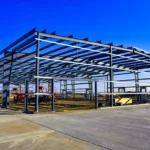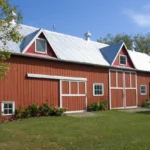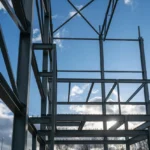What Happens to Steel
The use and End of life/Recycling phases have become increasingly important to companies and government agencies. Steel has been found to outperform other materials like wood and concrete as it applies to areas such as recycling. Only 1 percent of steel goes to landfills, while 58 percent of wood and 5 percent of concrete end up in that final destination. Steel does not get used up, as the steel in one structure can later be reused in other projects. Steel has become the number one recycled material in the United States, beating out glass, aluminum, plastic and paper combined.
Steel is considered to have life cycle advantages over other common construction materials as it helps with conservation efforts of natural resources, is known to be easily recyclable and offers low energy use. Some types of steel are shown to have lower greenhouse gas emissions, a benefit for those looking to build green. Long-lasting steel continues to work hard through multiple projects without any loss to its structural integrity.
More people are looking to understand the environmental performance of steel and other materials. Those looking to attain environmental, societal and economic sustainability appreciate the contribution steel has made within the construction industry. Many popular businesses, such as strip malls, retail stores and auto shops, rely upon the possibilities offered with a prefab steel building.








